Marie-Émilie Thérèse de Joly de Choin, Mademoiselle de Choin, secret wife of le Grand Dauphin
Like the father, so the son. After the demise of Marie-Thérèse d’Autriche in 1683, Louis XIV married Françoise d’Aubigné in secret. His son Louis de France, married a certain Mademoiselle de Choin after the death of his wife.
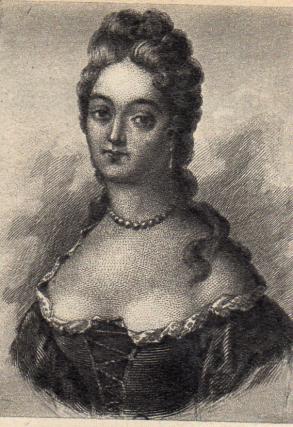
Marie-Émilie Thérèse de Joly de Choin was born on 2 August in 1670 to at Bourg-en-Bresse to Guillaume Claude de Joly de Choin, grand bailiff of Bresse and governor of Bourg-en-Bresse, and Anne Clémence Bonne de Grolée. Both coming from noble families. Mademoiselle de Choin received a good education and was called to court by her aunt, the Comtesse de Bury. Said Comtesse served as dame de compagnie to the Princesse de Conti, Marie-Anne de Bourbon, a daughter of Louis XIV and Mademoiselle de La Valliere.
Mademoiselle de Choin was not considered to be among the great beauties of Versailles, yet had a certain charm able to captivate and a spiritual attitude that interested. Saint-Simon describes her as a very decent person of no ambition, cheerful, free-spirited, fond of table and talk.
She became a member of the Household of the Princesse de Conti, in whose salons and apartments she was often in company of the half-siblings of the Princesse. Among them, the Dauphin de France.
Although Mademoiselle de Choin was not that much of a beauty, she was a great seductress apparently. Rumour has it, Mademoiselle de Choin had an affair with the Chevalier de Clermont-Chaste, with whom also the Princesse de Conti was in love with. Rumour also has it, those two sought to gain influence with the Princesse and her half-brother the Dauphin, in order to climb in the pecking order once the Dauphin became King. True or not, the Dauphin developed a bit of an interest for her.
The Dauphin was around thirty years old and a widower with three children at that time. His wife had passed away in April 1690 and although he was quite touched by it all, they had long lived separate lives. He had done his duty and took mistresses, some coming from better houses, others mere actresses. The company of Marie-Émilie, who he often saw in the rooms of his half-sister, delighted him to the point where he fell a bit in love with her. He began to write her tender letters with words of affection, to which he apparently got no response from her. The Dauphin nonetheless continued to seek her company by visiting his half-sister constantly.
Mademoiselle de Choin’s time as fille d’honneur to the Princesse came to an abrupt end in 1694 and as so often, there a various stories on how that came to happen. One story tells of evil tongues beginning to whisper the Dauphin might be in love with the Princesse de Conti, due to him being in her company all day. Monseigneur, as the Dauphin was called, did not care much for such vile talk… but the Princesse did. Thus Marie-Émilie retrieved the letters sent by the Dauphin to make those evil tongues aware that she was the one the Dauphin is interested in and not the Princesse de Conti… but that seems to have backfired. The Princesse dismissed her from her position. A other version states, the affair of Mademoiselle de Choin and the Chevalier de Clermont-Chaste, along with their plan to take advantage their friendships with the half-siblings, surfaced and the Princesse dismissed her to put an end to it and avoid scandal. That plan apparently also involved a marriage between Marie-Émilie and the Chevalier, Marie-Émilie to become the mistress of the Dauphin and if she were to become pregnant, even though it might be the child of her husband, to act as if it were the child of the Dauphin. A rather nasty plan, that stands in great contrast to Marie-Émilie’s reluctance and behaviour displayed later.
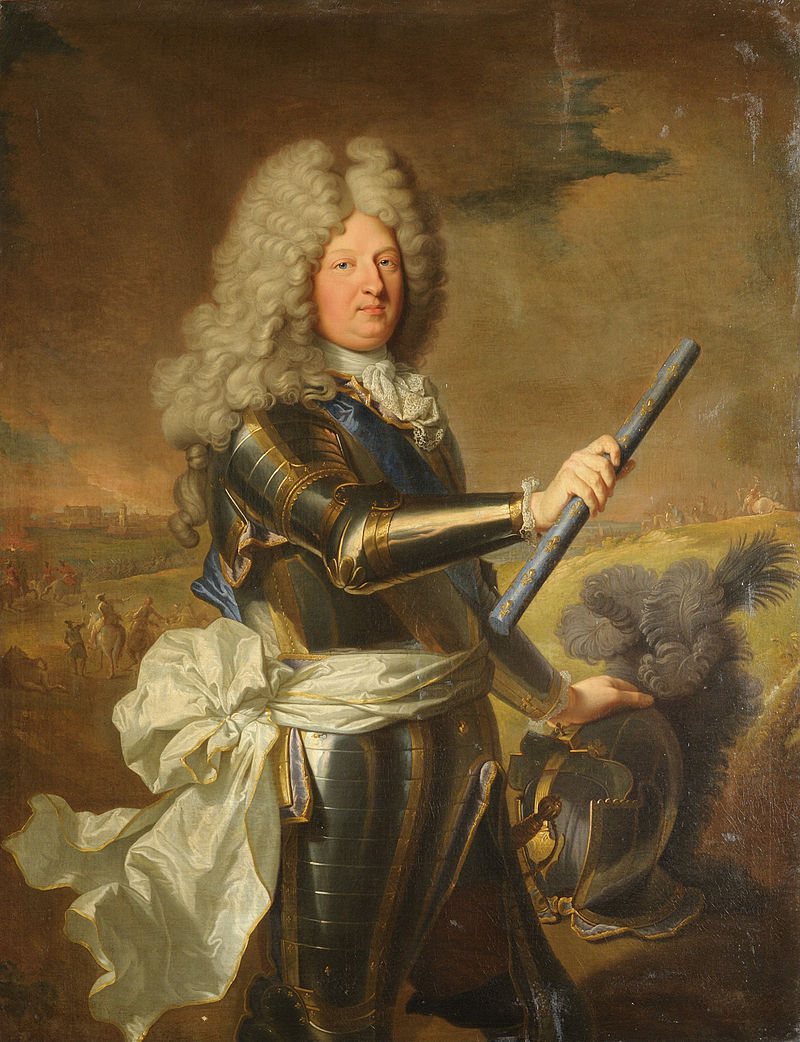
Either way, Marie-Émilie packed her belongings and went to Paris. Monseigneur had no clue what was the reason for it. Only knowing that the woman he had heart-eyes for left court suddenly, he went to the Princesse to inquire. Upon being told that Marie-Émilie had been dismissed and retired to a cloister, he decided his half-sister was no longer to be invited to his residence at Meudon. The Princesse regretted the dismissal at once. She loved that place and did not wish to be the only one not to be invited there. Thus, the Comtesse de Bury and various other ladies were sent to Mademoiselle de Choin’s place of retirement in order to get her to return… but Mademoiselle de Choin was firm in her decision. It took Madame de Maintenon apparently to lure Mademoiselle de Choin out of retirement. She returned, but not for long. The Dauphin’s interest in her was a bit too much to handle for the court and Marie-Émilie had to pack her belongings again, this time retiring to Port-Royal. She did not stay there for long however and was allowed to live with her friend Madame d’Epinoy.
There, she received plenty of love-letters from the Dauphin again along with regular visits. Marie-Émilie was not really sure what to make of it. Did he really love her? Did he only want to bed her? Did he want her to become his mistress?
Now it became a bit much for Madame d’Epinoy to cope with and she suggested her friend should find a different lodging. Mademoiselle de Choin moved into a other part of Paris, without telling her royal admirer a word of it…. and he was in despair again as his letters were returned to him unopened, because his beloved had changed her location. What to do? He took to inquiring after her location. Sent men to figure out her address. She must be somewhere, right? At one point, after what felt like a century for him, he finally got hold of her address and travelled there to see Mademoiselle de Choin…. but she turned him away and fled the house. Monseigneur hurried after her, sought and found her, and spent half the night waiting in front of the house she had sought shelter in… and finally it dawned on Mademoiselle de Choin that this man was really madly in love with her.
They married in 1694… and once more, there are various stories on how it came to happen. According to one, Mademoiselle de Choin made it rather clear to Monseigneur that she would not become his lover, unless she was to become his wife. A other says, Monseigneur wished her to become his wife, for he wanted no other but her. Either way, Louis XIV was not happy about it at all and wanted to send the bride to the provinces. Madame de Maintenon talked him into more or less accepting it, because at least it meant that they would not live in sin and it might keep the Dauphin from making Louis’ own secret marriage public, which could happen with a ‘my father does not accept my marriage, yet he is married himself to Madame de Maintenon’ spoken in anger.
Maybe, Madame de Maintenon, who was not too fond of her either, but believed she had a good and decent soul, was even a bit sympathetic towards her then, because after all they were in the same boat. Madame de Maintenon, although married to the King, would never be Queen of France. Mademoiselle de Choin, although married to the Dauphin, would never be Dauphine of France…. and when the Dauphin becomes King of France, she also would not become Queen. Both their marriages were morganatic ones, also called a left-handed marriage, between people of unequal social rank, which prevents the passage of the husband’s titles and privileges to the wife and any children born of the marriage.
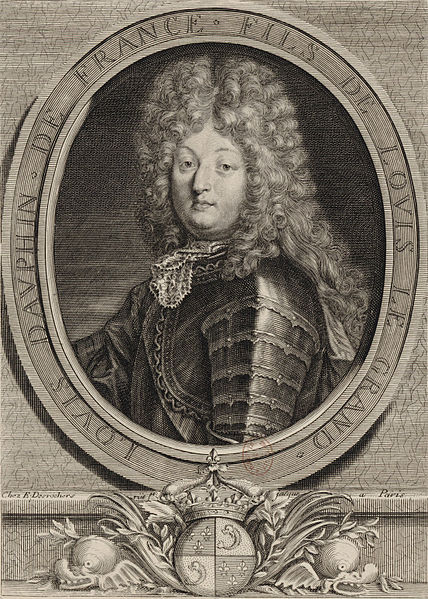 Still styled Mademoiselle de Choin after their marriage, Marie-Émilie became nearly invisible. She did not lodge at court, but in Paris and was hardly ever seen by anyone. When the Dauphin intended to spent time at his residence in Meudon, Marie-Émilie was informed and left Paris in the middle of the night on the previous day to meet him there. Sometimes, she was observed to slip into the chapel early in the mornings, other times she could be spotted walking the grounds of Meudon after everyone else went to bed. She was the mistress of the house and ran it, everyone knew, even if they did not know of a marriage. When the King came to visit, she saw his rooms prepared and retired to her own afterwards, not leaving them before he had left again.
Still styled Mademoiselle de Choin after their marriage, Marie-Émilie became nearly invisible. She did not lodge at court, but in Paris and was hardly ever seen by anyone. When the Dauphin intended to spent time at his residence in Meudon, Marie-Émilie was informed and left Paris in the middle of the night on the previous day to meet him there. Sometimes, she was observed to slip into the chapel early in the mornings, other times she could be spotted walking the grounds of Meudon after everyone else went to bed. She was the mistress of the house and ran it, everyone knew, even if they did not know of a marriage. When the King came to visit, she saw his rooms prepared and retired to her own afterwards, not leaving them before he had left again.
Little by little, at least the closest family members were introduced into the secret and Marie-Émilie could move a little more freely around the house…. but never when the King or any other high-ranking nobles or ambassadors were present. Then she hid in her attic-apartment.
Marie-Émilie, taking the example of Madame de Maintenon to heart, who was treated as Queen at least in private, began to act Dauphine when only the family was around. She sat on a arm-chair, when the children or siblings of her husband were around and used more familiar ways of addressing them. Yet she refused to take any money from the Dauphin and even teared his will apart, in which he granted her a pension, as he left her for war. She never attempted to make her position known either and never mingled in politics.
As Monseigneur fell ill with smallpox in 1711 at Meudon, Mademoiselle de Choin was present as well. Staying in her attic-apartment whenever the King was with his son, and slipping out afterwards to be with her husband. She was not at his bed-side when he passed away and nobody told her of it. She only noticed he must have died as the cries of the mourners echoed to her.
The secret wife of the Dauphin withdrew to Paris afterwards to live the rest of her life as she had lived the previous years. She was hardly seen by anyone, having dedicated her life to charity and God. Louis XIV granted her a pension of 12000 livres, a bit as a reward for remaining quiet and out of sight, of which she used the larger part for her charity work. Officially, no children were born in her union with the Dauphin, but Saint-Simon claims she was pregnant as she got married and the child died shortly after its birth. Marie-Émilie fell ill in 1732, twenty-one years after the death of the Dauphin, and died on either April 13 or 14, forgotten by the world but “universally respected for her private virtues“.
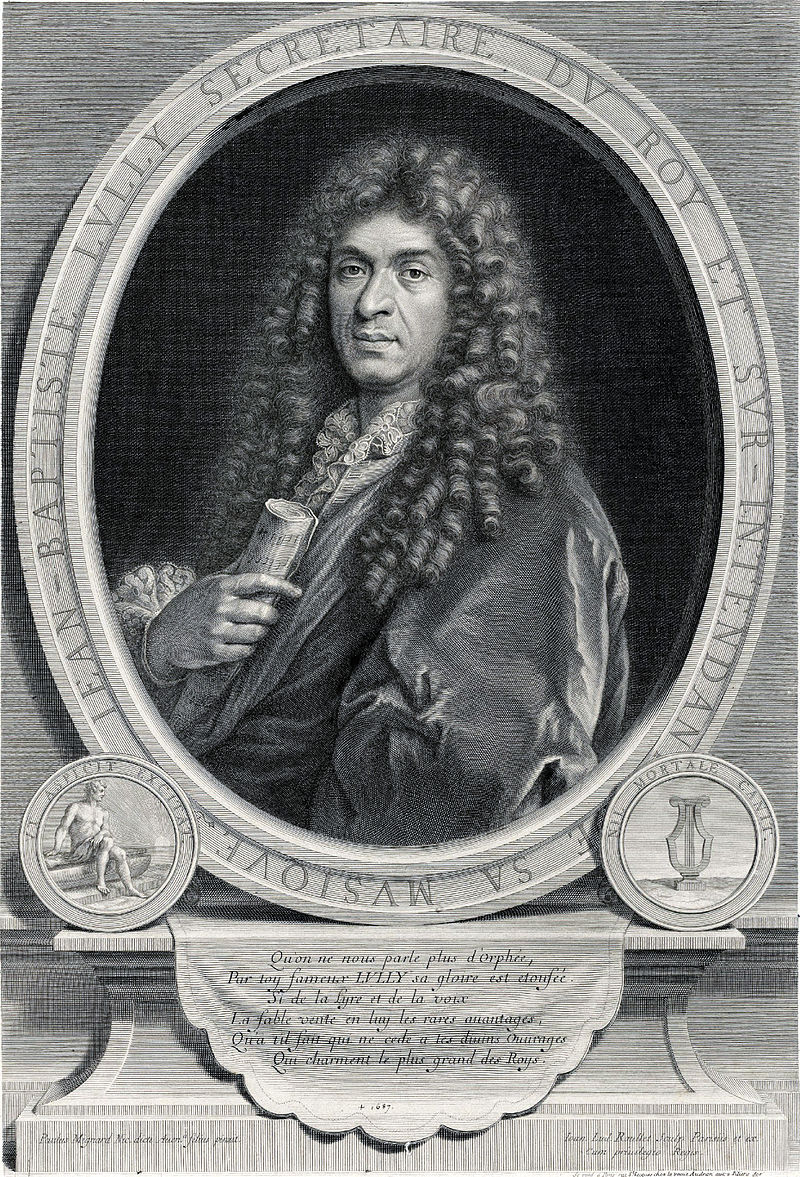
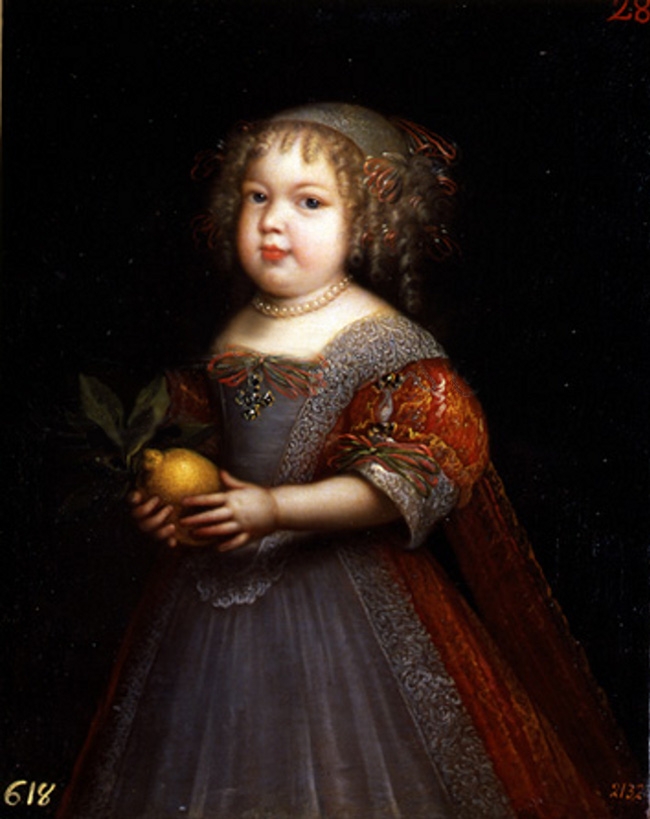

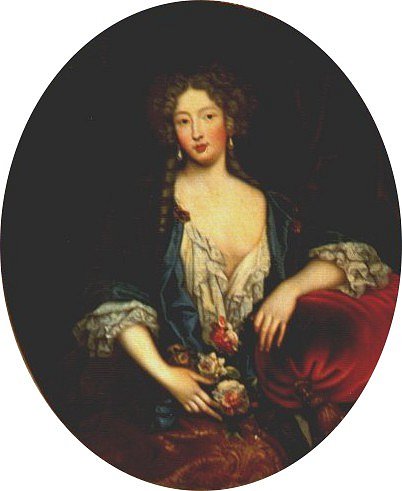

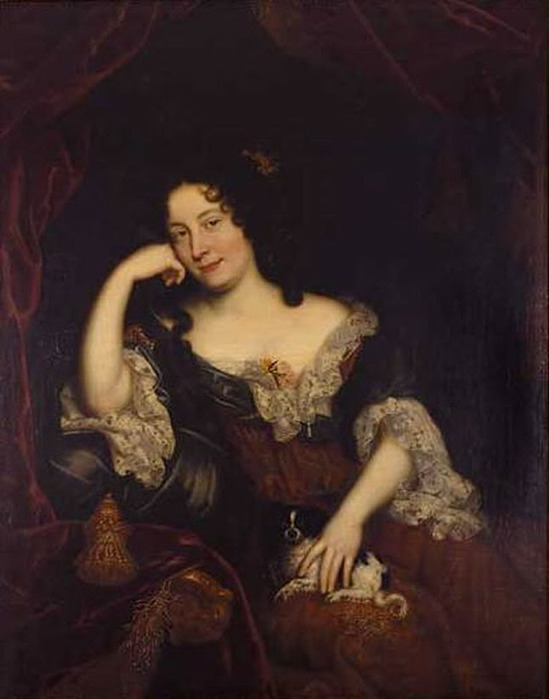
One Comment
Tess
I hope there was a real feeling between Marie-Émilie and the Dauphin. Otherwise, it would turn out that a large part of her life was living in a cage, and it was not a golden cage. Marie-Émilie and Madame de Maintenon were in a similar situation, but only seemingly. Can you imagine the latter hiding in the attic? I admire the humility and patience of Marie-Émilie, she lived so for many years.
By the way, thank you for bringing us the historical figures who are ignored in other publications, or their lives are described in one sentence/paragraph. In addition, you are doing it in a really interesting and detailed way. Merci beaucoup.